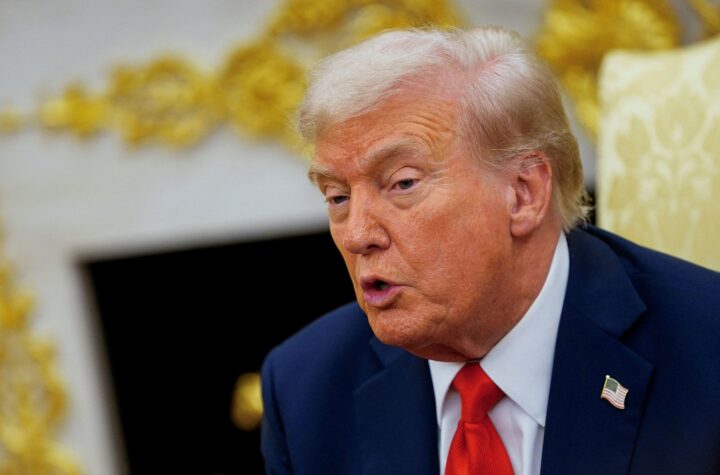Japan’s space station Japan Aerospace Exploration Agency (JAXA) achieved a milestone when the capsule launched from the spacecraft Hayabusa2 carrying the rock samples from the asteroid surface successfully landed in Australia.
The rock samples collected from the surface of an asteroid named Ryugu are believed to have the potential to answer many unsolved problems of science. The rock staples can be a key to provide clues about the origin of the solar system and the origin of life on earth.
Ryugu was named by the Minor Planet Center on 28 September 2015. Ryugu in Japanese means ‘Dragon Place’ in Japanese folklore, it is the name of a castle at the bottom of the sea.
The capsule containing the sample was released on Saturday by the Japanese spacecraft Hayabusa 2. The JAXA expressed its happiness and tweeted “The capsule collection work at the landing site was completed, We practiced a lot for today … it ended safe.”
Around 10 kilometers above the ground, the parachute attached to the capsule opened up and beacon signals were transmitted to locate the landing location of the capsule in the wilderness of Woomera in Southern Australia. It took around 4 hours of search operation from helicopters to retrieve the capsule. The capsule landed on the planned area and it was pan-shaped and around 40 centimeters (15 inches) in diameter.
When the capsule re-entered the earth’s atmosphere on Sunday, around 120km above the ground it briefly turned into a fireball. The fireball was even visible from the International space station (ISS) and an astronaut named Soichi Noguchi after sighting the fireball tweeted, “Just spotted #hayabusa2 from #ISS! Unfortunately not bright enough for the handheld camera, but enjoyed watching capsule!”. Soichi Noguchi is on a six-month mission at ISS.
The Japanese spacecraft left the asteroid Ryugu a year ago and it is on its new expedition to another distant small asteroid called 1998KY26. The one journey of Hayabusa 2 will cover ten years in one way for another research and finding ways to avoid meteorite collision from the earth.
Hayabusa 2 first mission, to collect samples from Ryugu was successful despite the extremely rocky surface of Ryugu. The spacecraft arrived in June 2018 near Ryugu and spent 1 and a half years around it. It successfully touched the asteroid’s surface twice, first in February 2019 and then in July 2020. In the first touchdown, it collected dust samples from the surface and the second touchdown was complicated and historical as it was the first time a spacecraft collected underground samples from the asteroid in outer space. It landed in the crater of the asteroid which was earlier created by the spacecraft only by blasting the surface.
Scientist believes that the data collected from asteroids is more enlightening as they are less affected by radiations and other environmental factors. Planets especially earth has faced many physical and chemical changes after its creation. After creation planets faced radiation intense heating and solidification but smaller planets and asteroids are unaffected by such factors. Scientists are interested in finding an organic compound in the asteroid sample. Asteroids are among the oldest substance present in our solar system the research on their sample can bring a breakthrough in science.











More Stories
Faisal Islam: Can the US Tech Bromance Revive the UK Economy?
AI Boom Powers Nvidia’s Growth Despite Rising US-China Tensions
SpaceX Achieves Successful Starship Launch in Dramatic Comeback